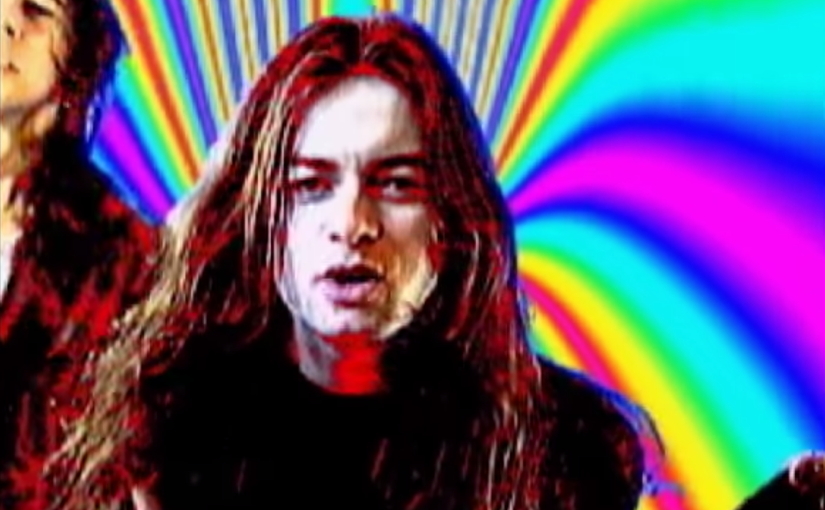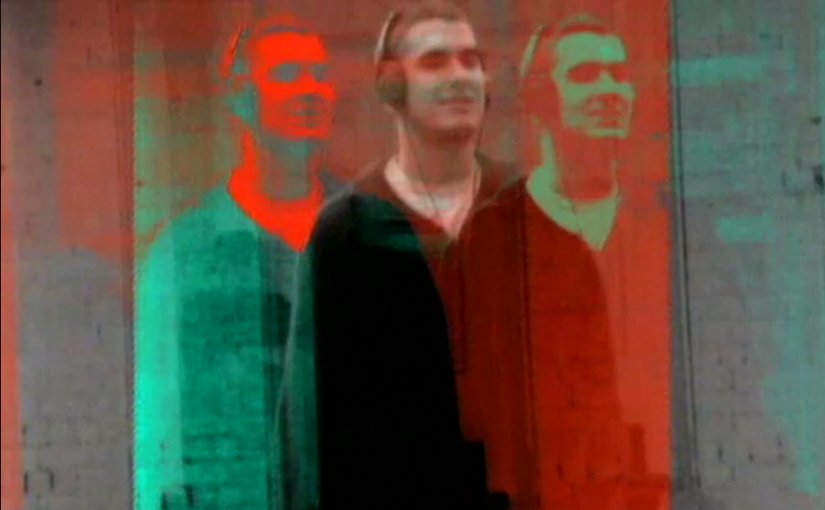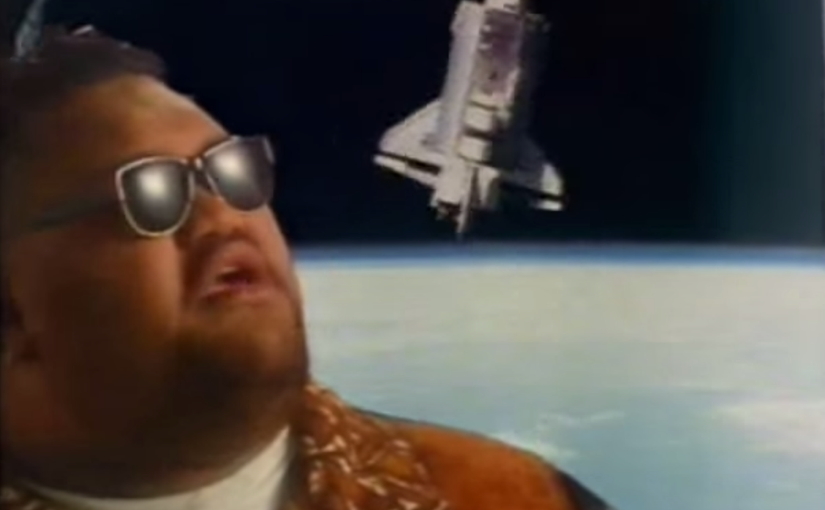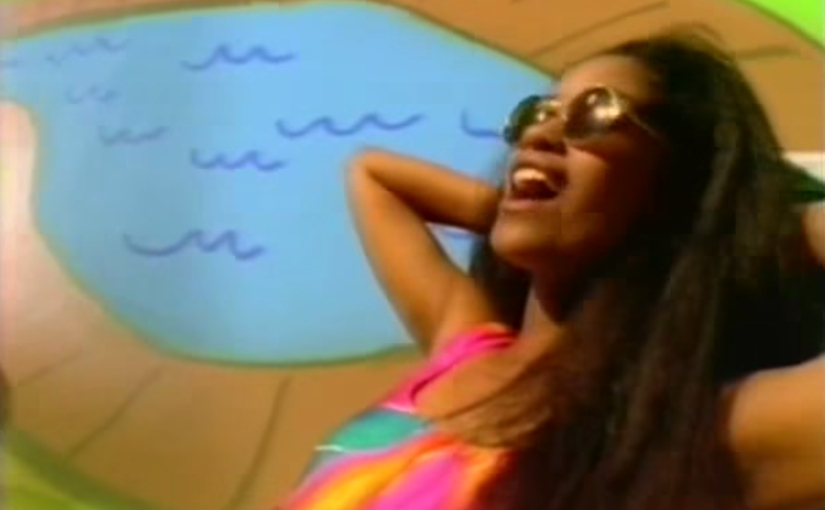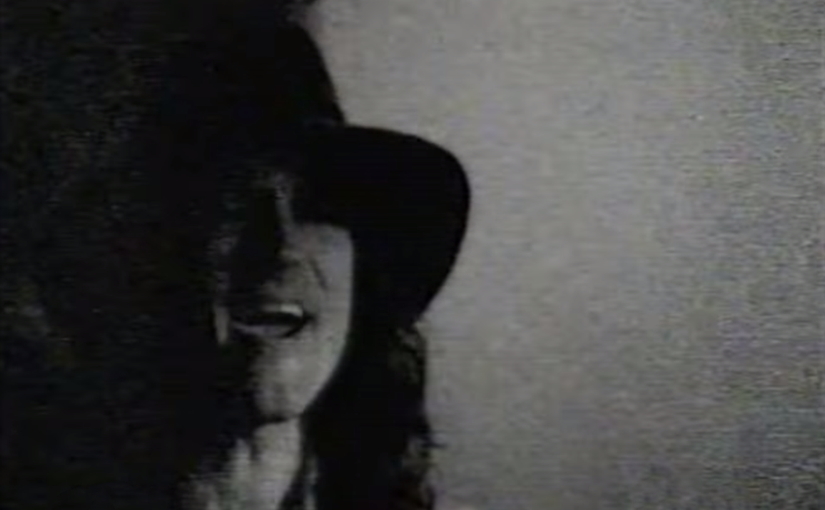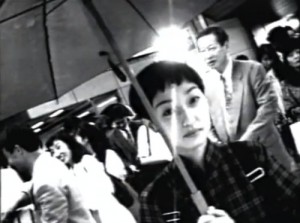 The “Kuru” video is like a tourist in Tokyo, fresh off the plane, wandering about in awe at all the amazing things they’re seeing and experiencing.
The “Kuru” video is like a tourist in Tokyo, fresh off the plane, wandering about in awe at all the amazing things they’re seeing and experiencing.
The video hangs out in a train station. Even the ordinary sight of trains rolling into the station and passengers walking along the platform takes on new depth. The video takes the ordinary busy experience of a Tokyo train station, films it in black and white and slows it right down. It’s not the experience of a local, but it’s very much that of a visiting New Zealander.
Even the local television is wondrous. We catch glimpses of ads for music videos, television drama and the ubiquitous canned coffee drinks. Filmed off a flickering CRT television screen, it again takes something commonplace and turns it into the exotic. (Just imagine a Japanese video maker using clips of Shortland Street in a vid).
Kuru is a Japanese word meaning “come”, making it very seductive, beckoning video. Here’s someone who’s in love with Tokyo and wants to share the very particular things that have made the city so appealing.
Best bit: racially awkward coffee ad.
Director: Kane Massey
Ngā Taonga Sound & Vision
Next… a treat between meals.
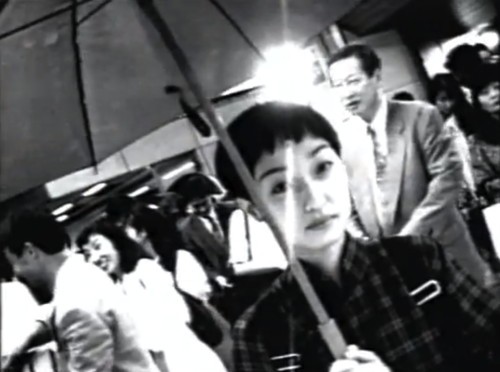
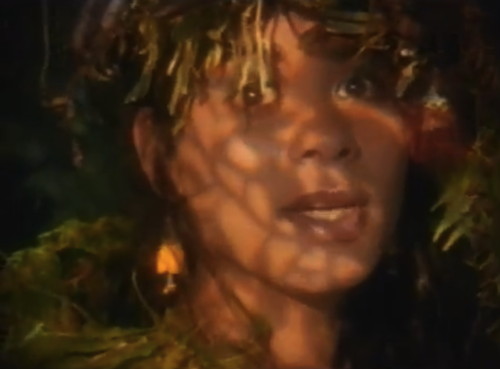
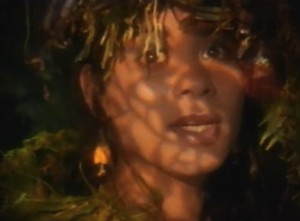 Cliff Curtis stars in the follow-up to “System Virtue” (after Bully in “Once Were Warriors, before Pablo Escobar in “Blow”). Cliff plays a trouble young Maori and we first discover him sleeping in his beat-up old car. This is filmed in black and white, but a burst of colour comes in the form of Emma, who gorgeously appears in full colour, decorated in the splendours of nature (ferns and stuff).
Cliff Curtis stars in the follow-up to “System Virtue” (after Bully in “Once Were Warriors, before Pablo Escobar in “Blow”). Cliff plays a trouble young Maori and we first discover him sleeping in his beat-up old car. This is filmed in black and white, but a burst of colour comes in the form of Emma, who gorgeously appears in full colour, decorated in the splendours of nature (ferns and stuff).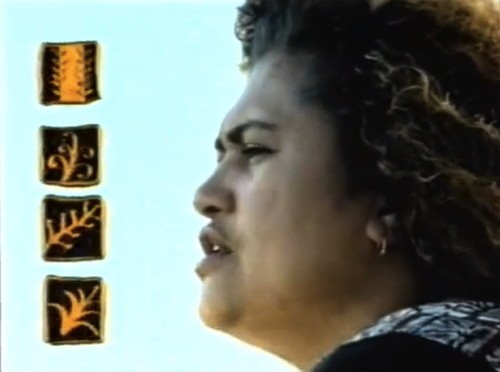
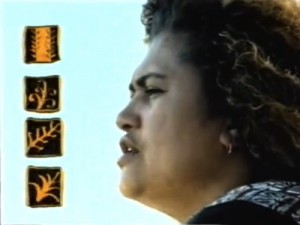 sons”Seasons” is a tale of changed emotions, featuring brother and sister Phil and Christina Fuemana, from their influential 1994 album “New Urban Polynesian”.
sons”Seasons” is a tale of changed emotions, featuring brother and sister Phil and Christina Fuemana, from their influential 1994 album “New Urban Polynesian”.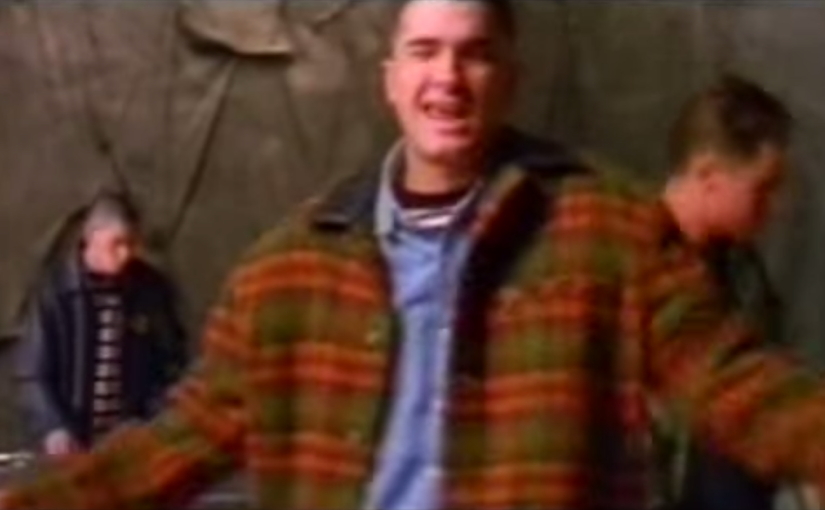
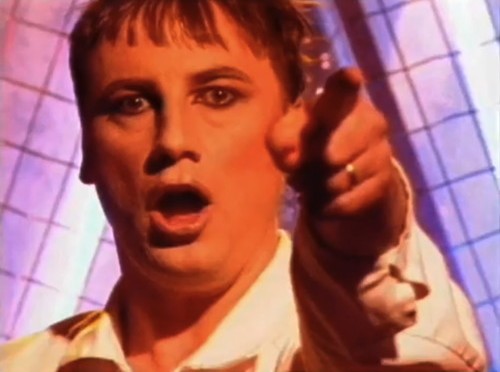
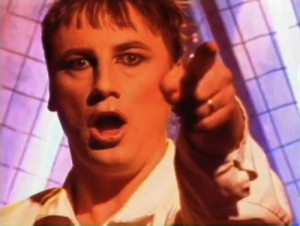 I’d been looking for a Dribbling Darts song from around 1994 called “Do What U Like”. It turns out I should have been looking for a Weather song from 1997 called “That’s the Main Thing”. The Weather is kind of a rejig of the Dribbling Darts, a Matthew Bannister project. The song is all about personal liberty (how American!) but done in a very groovy, laidback way – so laid back it took three years and a new band to get around to making the video?
I’d been looking for a Dribbling Darts song from around 1994 called “Do What U Like”. It turns out I should have been looking for a Weather song from 1997 called “That’s the Main Thing”. The Weather is kind of a rejig of the Dribbling Darts, a Matthew Bannister project. The song is all about personal liberty (how American!) but done in a very groovy, laidback way – so laid back it took three years and a new band to get around to making the video?